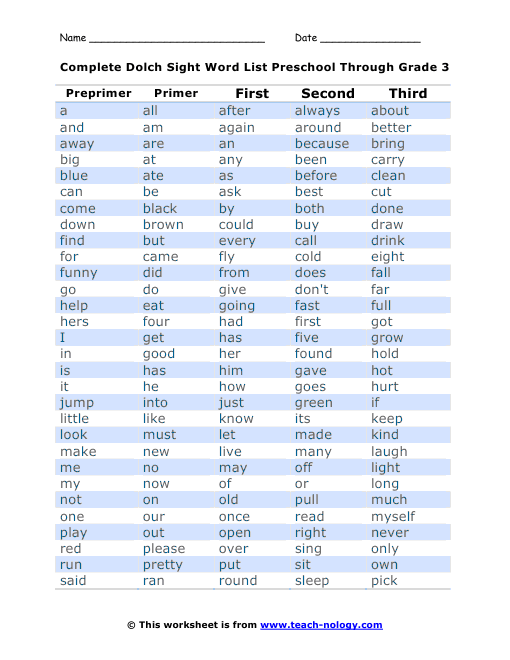

Please don’t teach this way.Ĭurrent research offers another path.

The theory was that growing sight word vocabulary was all about visual memory, and noticing shapes supported that. This approach involved noting that the word “have” starts with a tall line, for instance, and the word “they” has tall letters up front and then ends with one that goes below the line. How do we build automatic word recognition? In the past, some teaching materials emphasized the shapes of words. (Song 2: “What’s Love Got to Do with It” by Tina Turner, 1984) What’s phonemic awareness got to do with it? And that can’t happen without lots of automatic word recognition. What we want for all kids is reading for meaning. Automatic word recognition enables you to tune in to comprehension of meaning as you read. Instead, you were reading with a high level of automaticity. That tells me that you weren’t needing to sound out many of the words in this post, effortfully. Here’s how I know that: you were tracking on meaning as you read this. And if you’re starting to think “Um, brag much?” then you should know that you have a massive sight word vocabulary as well. The fact is, I have a truly massive sight word vocabulary. I have a huge number of words that I now recognize immediately. It doesn’t matter how frequent or how unruly these words are it only matters that I no longer have to sound these out when I come across them in reading. I have both “cat” and “catastrophe” in my sight word vocabulary. It includes any and all words that the reader recognizes automatically and instantly. Visual memorizing is incredibly inefficient compared to tapping into our brains’ strength with sounds.īut a reader’s sight word vocabulary goes beyond this understanding. A second reason many call these sight words is that they appear with such high frequency. They have funny spellings “said” seems like it should rhyme with “paid,” for example. When I say “sight word,” what comes to mind? For lots of us, I’m guessing a list begins to take shape, one that includes words like “said,” “was,” and “have.” One reason is that these words are rule-breakers, considering the phonics we teach kids early. If that’s long gone, I have good news: you can click the links to YouTube for these classic tunes instead. So this post also argues that sound is critical when we’re teaching kids sight words.īecause our brains love sounds, this post will be the first on Teach. For those of us who can hear, processing sounds is something we are wired for. Instead, the science of reading tells us that our word brains love sounds. This blog post argues that sight words are critical.īut the story of sight words is not mostly about our eyes. We want kids to build their sight word vocabularies so they can read more easily.


 0 kommentar(er)
0 kommentar(er)
